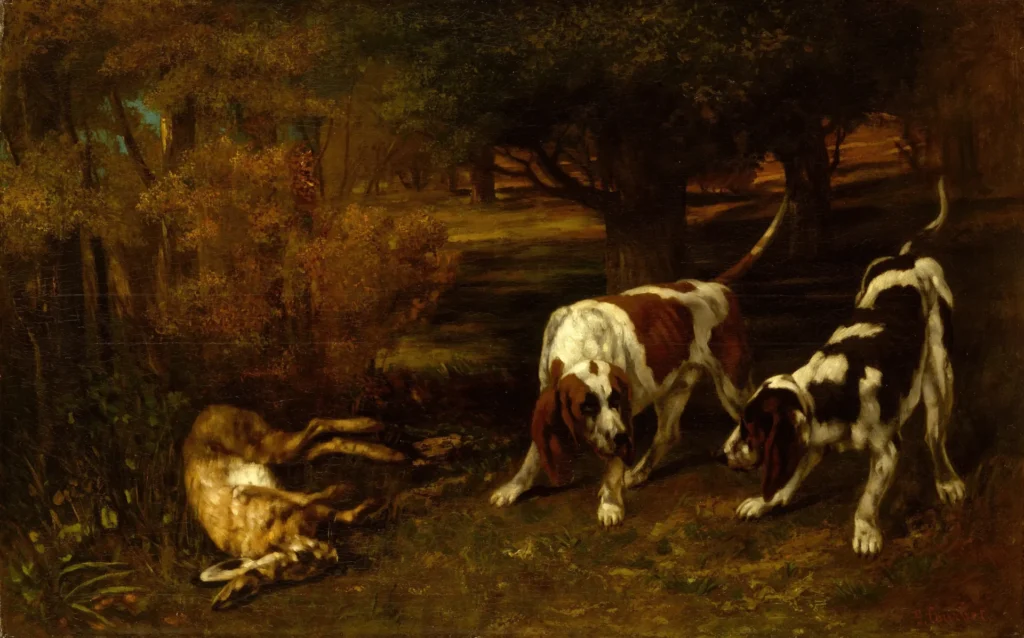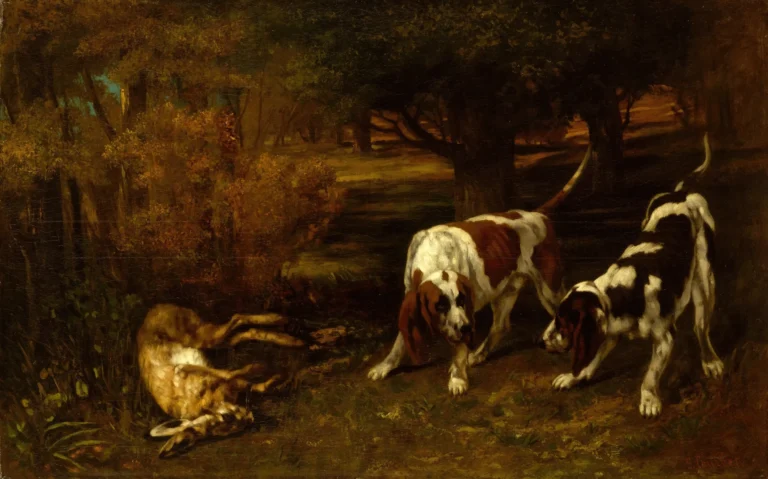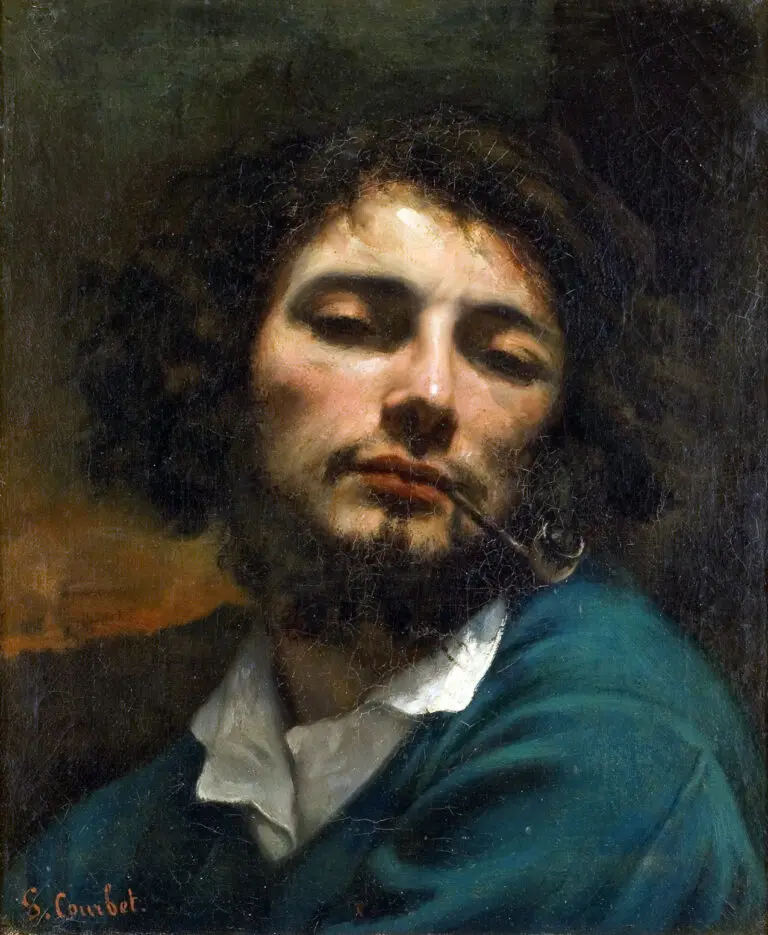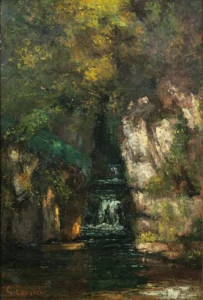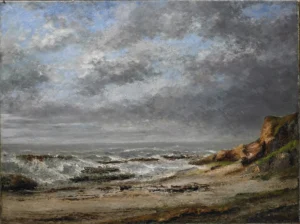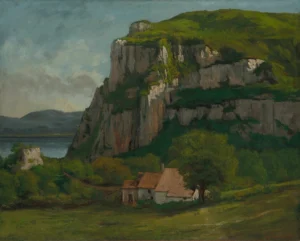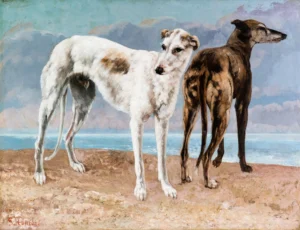Hunting Dogs with Dead Hare (1857)
Hunting Dogs with Dead Hare is a magnificent oil on canvas painting by the influential French artist Gustave Courbet, created in 1857. The artwork captures a poignant moment in rural life, featuring hunting dogs surrounding a dead hare, showcasing Courbet's commitment to realism and detail. Measuring 36 1/2 x 58 1/2 inches, this piece not only highlights Courbet's fascination with nature but also reflects a broader cultural interest in hunting prevalent in 19th-century France.
Year 1857
About the Artwork
Did You Know
Liked what you see? Add it to your collection.
Enjoyed reading? Share it.
... continued
Artist and Date
The painting was executed by Gustave Courbet, a prominent figure in 19th-century French painting known for his innovative and socially conscious works.
Medium and Dimensions
The painting is an oil on canvas work, measuring 36 1/2 x 58 1/2 inches (92.7 x 148.6 cm).
Location
The painting is part of the collection at the Metropolitan Museum of Art in New York.
Subject Matter
The work depicts a scene of hunting dogs with a dead hare, which was a popular subject in Courbet's oeuvre. Courbet often painted scenes of animals and hunting, reflecting his interest in rural life and the natural world.
Style and Significance
Courbet was known for his bold and realistic style, and Hunting Dogs with Dead Hare exemplifies his approach to depicting everyday and natural subjects with a focus on realism. This work, like many of his others, contributes to his reputation as an innovator in 19th-century French painting.




